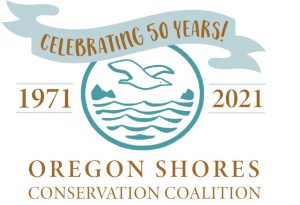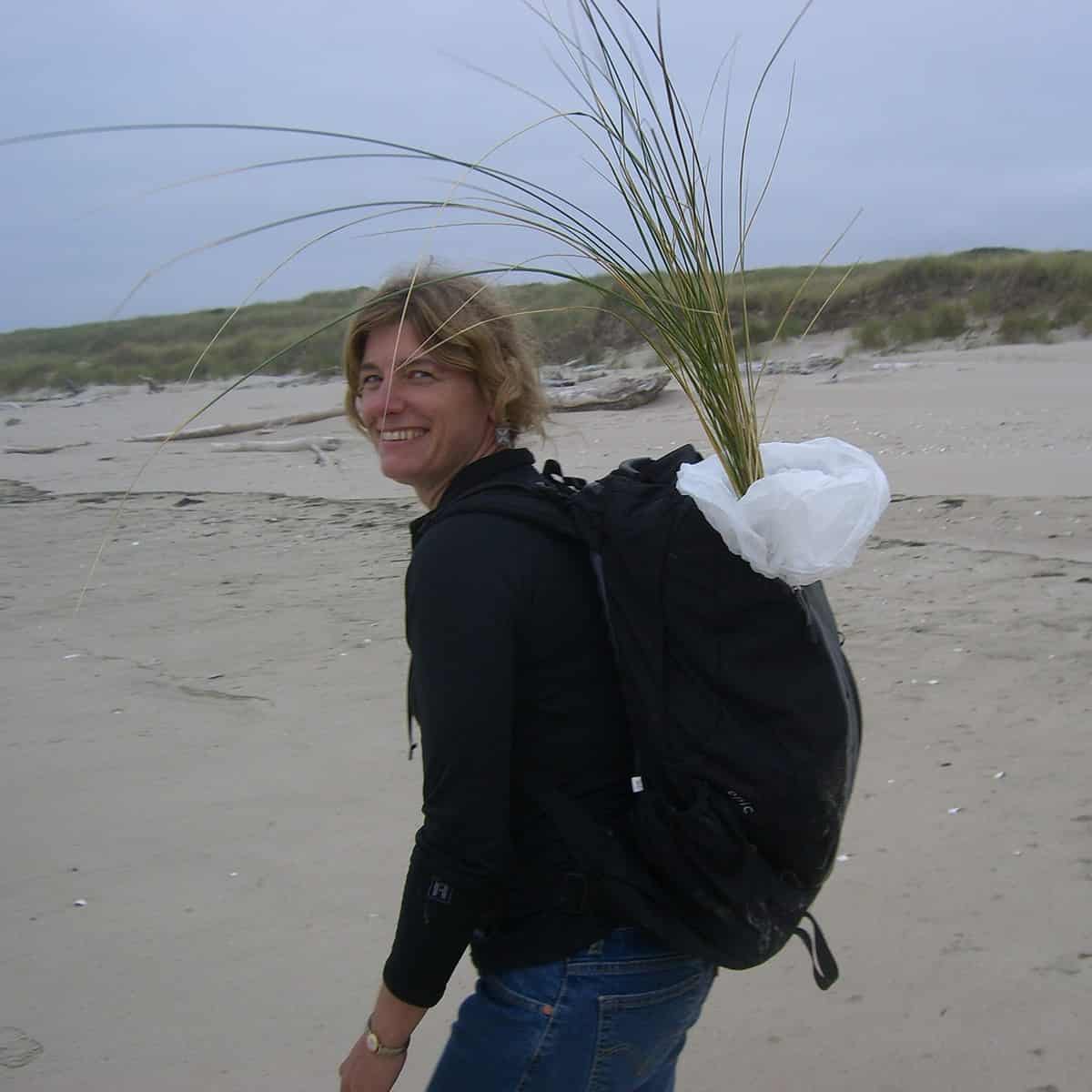Coast-lovers and plant-lovers everywhere are invited to attend a free webinar, “Plant Life of the Oregon Dunes: Past, Present & Future,” on Tuesday, Oct. 25, at 6 p.m. The speakers for this online event, sponsored by the CoastWatch program of the Oregon Shores Conservation Coalition, are Dr. Sally Hacker and Ian Silvernail.
Oregon’s dune ecosystems host a variety of plants including sand verbena and sea rockets. However, dunes are visibly dominated by grasses. Nearly a century ago, two non-native invasive dune grasses (European beachgrass, Ammophila arenaria, and American beachgrass, A. breviligulata) were intentionally planted along the Pacific coast to stabilize sand and build foredunes. One of the consequences of the introduction of these grasses is a changing plant community and the decline of native plants. Sally Hacker will open the presentation with a brief history of dunes and the invasion of beachgrasses and its consequences.
While heavily degraded, Oregon’s dunes still host a diverse native plant community, with many of the species occurring only on dunes. Effective ecological restoration often involves revegetation with native plant species. Currently there is very little commercial availability of native dune plants, nor has there been wide practice with growing many of these plants, greatly hindering our ability to plant them on ecological restoration sites. Ian Silvernail will describe native dune plant communities and share from an ongoing project to learn how to grow them to support the production of plants and seeds for use in restoration work.
Sally Hacker, a professor in Oregon State University’s Department of Integrative Biology, is a coastal ecologist interested in natural and managed systems. She has studied multiple coastal ecosystems including beaches and dunes, estuaries, and rocky shores. Her dune research explores the interaction between dune grasses and coastal geomorphology and the role of dunes in delivering ecosystem services, including coastal protection and conservation on both coasts of North America. With her students and collaborators, she has explored how the functional morphology and species interactions of dune grasses influence sand capture, dune shape, and coastal protection
Ian Silvernail has worked over the past 20 years with a variety of non-profit organizations, government agencies, and small businesses dedicated to pursuits in botany and native plant horticulture, conservation, ecological education, and sustainable agriculture. He currently serves as a Conservation Agronomist with the Natural Resources Conservation Service at the Corvallis Plant Materials Center, working on the very broad topic of how to use plants to solve natural resource challenges. This includes propagating and farming native plants for use in ecological restoration, working on soil health-based management for agricultural systems, assessing plants for use in pasture and agroforestry systems, and supporting pollinator resource projects. One current project involves figuring out the ins and outs of growing native dune plants to support restoration work.
This event is free and open to all. To register, go to https://us06web.zoom.us/webinar/register/WN_n6oXcVFnSs6HrDMtLz-dLw#/registration, or find a link on the oregonshores.org website.
 For more information about the event or about CoastWatch, contact Jesse Jones, the program’s volunteer coordinator, at (503) 989-7244, or jesse@oregonshores.org.
For more information about the event or about CoastWatch, contact Jesse Jones, the program’s volunteer coordinator, at (503) 989-7244, or jesse@oregonshores.org.


